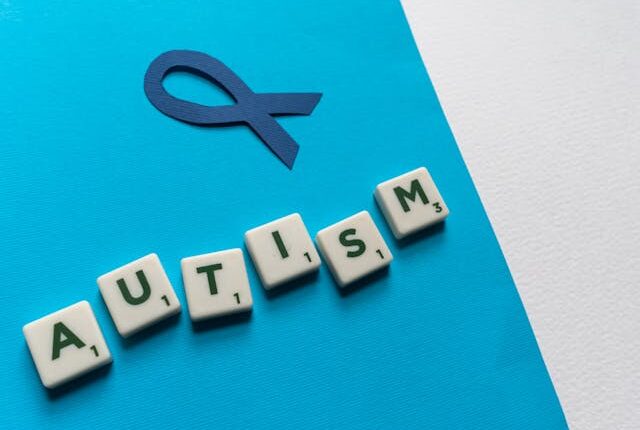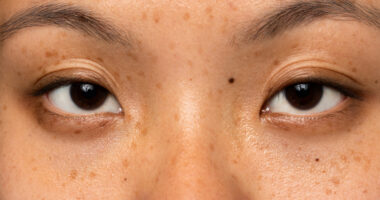Autism Spectrum Disorder (ASD) is a unique and complex neurodevelopmental condition that affects the way individuals interact socially, communicate, and engage in repetitive behaviors. However, several other conditions can present similar symptoms, leading to potential misdiagnoses. Understanding these conditions can help in obtaining accurate diagnoses and appropriate interventions. Here are some conditions that may look like autism but aren’t.
1. Attention-Deficit/Hyperactivity Disorder (ADHD)
ADHD, or attention-deficit/hyperactivity disorder, is a prevalent neurodevelopmental issue impacting attention, impulsivity, and hyperactivity. Children with ADHD may struggle with social interactions, focus, and following instructions, similar to children with autism. However, ADHD is distinct in its emphasis on inattention and hyperactivity, without the repetitive behaviors and restricted interests seen in autism.
2. Social Communication Disorder (SCD)
SCD challenges how individuals use verbal and nonverbal communication in social interactions. Children with SCD may struggle with social interactions, making eye contact, and understanding social cues. Unlike autism, SCD does not include restrictive or repetitive behaviors, making it crucial to differentiate between the two for proper treatment.
3. Sensory Processing Disorder (SPD)
Sensory Processing Disorder (SPD) can significantly impact an individual’s ability to process and respond to sensory information. Children with SPD may be overly sensitive to sensory stimuli such as lights, sounds, and textures, leading to behaviors that resemble autism. However, SPD does not inherently include the social and communication deficits found in autism.
4. Anxiety Disorders
Anxiety disorders, including generalized anxiety disorder and social anxiety disorder, can manifest symptoms that overlap with autism, such as avoidance of social interactions, repetitive behaviors, and intense focus on specific interests. The key difference lies in the primary cause: anxiety-driven behaviors stem from fear and worry, whereas autism-related behaviors arise from neurodevelopmental differences.

5. Language Delays and Disorders
Children with language delays or disorders may struggle with communication, leading to difficulties in social interactions similar to those seen in autism. Nevertheless, these kids generally don’t display the repetitive behaviors or limited interests commonly associated with autism. A thorough evaluation by a speech-language pathologist can help distinguish between these conditions.
6. Intellectual Disabilities
Intellectual disabilities can result in developmental delays, including difficulties with communication and social interactions. While these challenges may resemble autism, intellectual disabilities are defined by significant limitations in intellectual functioning and adaptive behavior, whereas autism involves a broader range of symptoms, including repetitive behaviors.
7. Obsessive-Compulsive Disorder (OCD)
OCD is characterized by intrusive, repetitive thoughts (obsessions) and behaviors (compulsions) performed to alleviate anxiety. Children with OCD may engage in repetitive actions similar to those with autism. However, OCD-related behaviors are driven by anxiety and the need to perform rituals, whereas autism-related behaviors are not typically anxiety-driven.
8. Reactive Attachment Disorder (RAD)
RAD occurs in children who have experienced severe neglect or abuse, leading to difficulties in forming healthy attachments and relationships. Symptoms may include social withdrawal, difficulty with emotional regulation, and lack of response to social interactions. While these behaviors can resemble autism, RAD is rooted in early trauma and attachment issues rather than neurodevelopmental differences.
9. Nonverbal Learning Disability (NVLD)
NVLD involves difficulties with nonverbal skills, such as visual-spatial tasks and social communication. Children with NVLD may struggle with understanding social cues and body language, similar to those with autism. However, NVLD does not typically include the repetitive behaviors or restricted interests seen in autism.
10. Hearing Impairments
Hearing impairments can affect a child’s ability to communicate and engage socially, leading to behaviors that may resemble autism. However, these behaviors are due to difficulties in hearing and processing auditory information, not the neurodevelopmental differences characteristic of autism.
Conclusion
Accurate diagnosis is crucial for effective intervention and support for children with developmental and behavioral challenges. While many conditions share similarities with autism, understanding the distinctions is essential for providing appropriate care. If you suspect your child may have autism or a related condition, seek a comprehensive evaluation from a healthcare professional specializing in developmental disorders. Early and accurate diagnosis can significantly impact a child’s development and quality of life. By recognizing and addressing the specific needs of each condition, we can ensure that every child receives the support they need to thrive.









